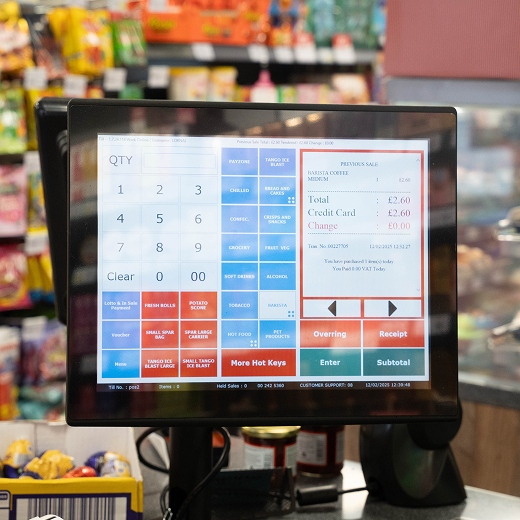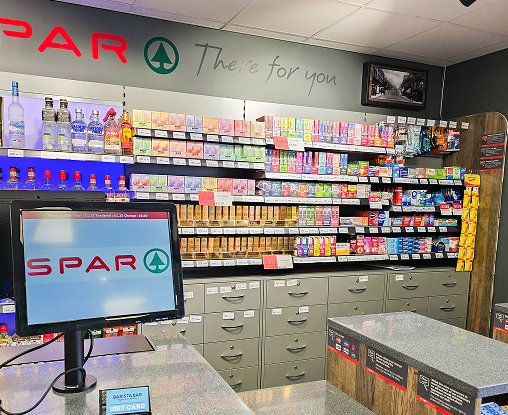Retailers across the UK are being urged to stay vigilant as counterfeit Scottish banknotes are being used in shops nationwide. Police have issued warnings about fake Clydesdale £20 notes in circulation, which are being used to purchase goods in convenience stores and other retail outlets.
With shoplifting and fraud on the rise, convenience store owners must take extra precautions when handling cash. Criminals are becoming increasingly sophisticated in their tactics, making it crucial for retailers to know how to spot counterfeit notes. Here’s everything you need to know to safeguard your business.
Fake £20 Notes Flooding the Market
Wakefield CID has launched an investigation into counterfeit Clydesdale £20 notes, leading to three arrests so far. Officers believe these fake notes are being widely circulated, especially in busy shops where staff may not have time to check them properly.
Detective Sergeant Craig Twycross has urged retailers to be cautious, stating:
“We are urging retailers to take the time to check notes thoroughly. Shop staff should familiarise themselves with the security features of genuine notes, and if in doubt, compare the suspect note with a real one.”
Fraudsters are targeting retailers who handle high volumes of cash, especially during peak hours when employees may be less likely to scrutinise banknotes carefully.
How to Spot a Fake Clydesdale £20 Note
Neil Harris, head of the National Counterfeit Currency Unit, has shared key security features that retailers should check when handling Clydesdale £20 notes. Here’s what to look for:
Colour-Changing Map – In the top left corner of a genuine note, the map of Scotland changes colour from purple to gold when tilted. Counterfeit versions often miss this feature.
Moving Rings – Genuine notes have moving rings across the map, which fake notes lack.
Raised Print – Genuine notes feature raised print on the bank’s name and other areas. If the note feels too smooth, it could be a fake.
Holographic Features – The real note has a reflective hologram that shifts when tilted. Fake notes often have static or poorly replicated holograms.
Polymer Material – Authentic notes are made from high-quality polymer with a distinct feel. Counterfeit notes may feel flimsy or excessively smooth.
If you’re ever unsure, compare the suspect note with a verified genuine one. Ensuring that your staff are trained to recognise these features is crucial.
Counterfeit English £20 Notes Also in Circulation
It’s not just Scottish banknotes being targeted by counterfeiters. Retailer Shahid Ali, who owns five stores in Aberdeenshire, has encountered multiple fake English £20 notes with the BB81 serial number.
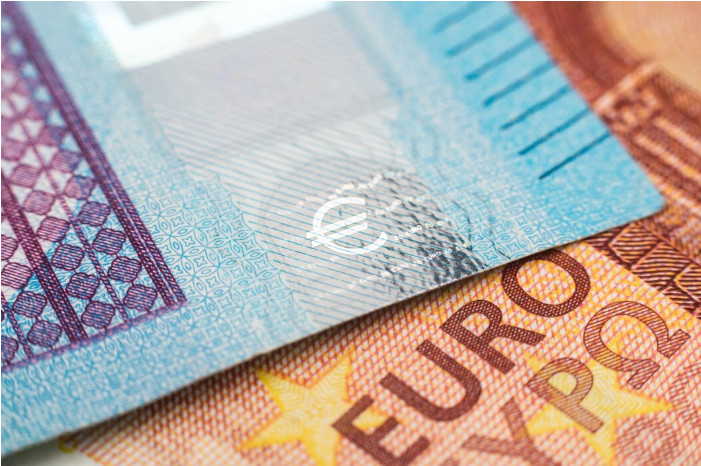
How to Spot a Fake English £20 Note
King Charles’ Face – On genuine notes, the King’s face in the bottom right corner has a special window that changes between saying “Twenty” and “Pounds” when tilted. Fake notes will only display “Twenty.”
Texture Check – On a real note, King Charles’s face has a slight texture when rubbed. On fake notes, it feels completely smooth.
Missing Holographic Crown – Real notes have a small holographic crown on the silver patch at the top. Fake notes often lack this detail.
Ali warned that these counterfeits are some of the most convincing he has seen in his 40-year retail career. Several fake banknotes have even been openly advertised on Facebook and flagged in retailer WhatsApp groups.
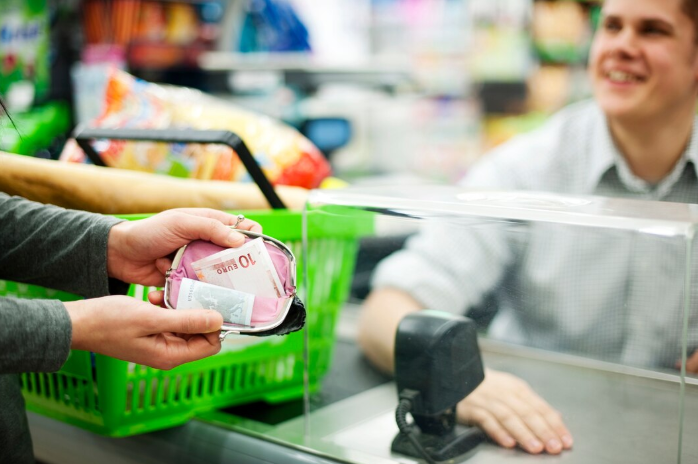
How POS Systems Can Help Detect Fake Notes
With counterfeiting on the rise, retailers should consider upgrading their Point of Sale (POS) systems to include features that can help detect fake notes. Here’s how modern POS systems can assist:
- Built-in Banknote Scanners – Some advanced POS systems come with integrated counterfeit detection scanners that use UV, infrared, and magnetic sensors to verify notes.
- Automatic Fraud Alerts – Smart POS systems can flag suspicious transactions or notes that have been previously reported as counterfeit.
- Cash Handling Training – Many POS providers offer staff training features to ensure employees know how to check for counterfeit money properly.
- Transaction Monitoring – Digital POS systems allow retailers to track and monitor transactions, making it easier to detect patterns of fraudulent activity.
Investing in a high-quality note checker or an advanced POS system can significantly reduce the risk of accepting counterfeit cash.
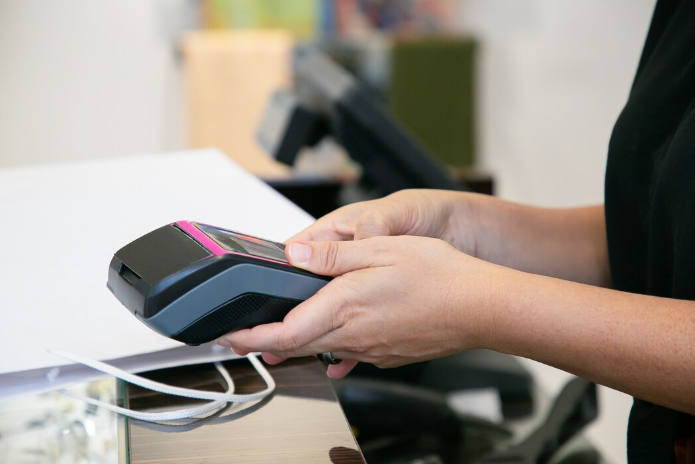
Steps Retailers Can Take to Protect Themselves
Criminals rely on retailers being too busy or unaware to check banknotes properly. Here’s how you can stay ahead:
- Use a UV Light Detector – Since counterfeit detection pens don’t work on new polymer notes, opt for a 9W to 11W UV light detector to check notes properly.
- Train Your Staff Regularly – Educate employees about the latest counterfeiting tactics and ensure they always scrutinize cash.
- Report Suspicious Notes – If you encounter a fake note, immediately report it to the police by calling 101. Anonymous tips can also be submitted to Crimestoppers at 0800 555 111.
- Check Social Media & Retailer Groups – Many counterfeit notes are discussed in retailer WhatsApp groups and Facebook pages. Staying informed about the latest scams can help you avoid becoming a victim.
- Upgrade Your POS System – If your store frequently handles cash transactions, investing in a smart POS system with counterfeit detection can provide an extra layer of security.
Stay One Step Ahead of Fraudsters
Counterfeit banknotes pose a growing risk to retailers, leading to unnecessary financial losses and security concerns. As criminals refine their techniques, business owners need to stay proactive in fraud prevention.
By integrating robust cash-handling policies, staff training, and technology-driven solutions like modern POS systems, retailers can effectively safeguard their businesses. Investing in UV light detectors, smart tills, and transaction monitoring software will help detect and prevent fraudulent activities in real time.
Additionally, fostering awareness within the retail community through social media groups, local networks, and law enforcement collaboration will strengthen collective efforts against counterfeiting.
Taking the time to double-check banknotes, educating employees, and leveraging digital tools can make a significant difference in protecting your profits. A few seconds of scrutiny can prevent hundreds of pounds in losses—so stay alert, stay informed, and stay ahead of fraudsters.










